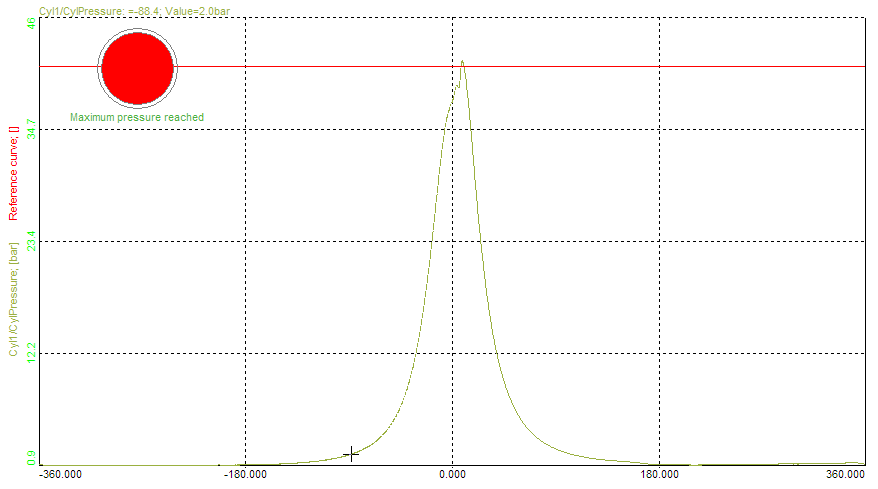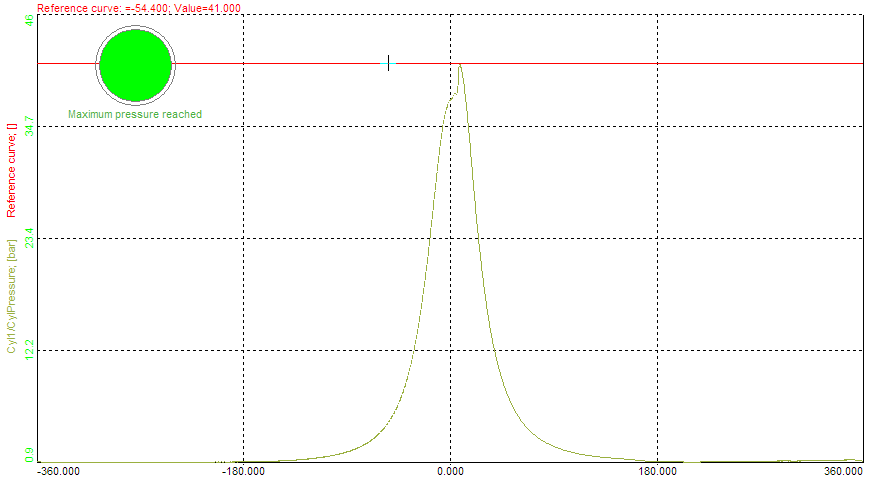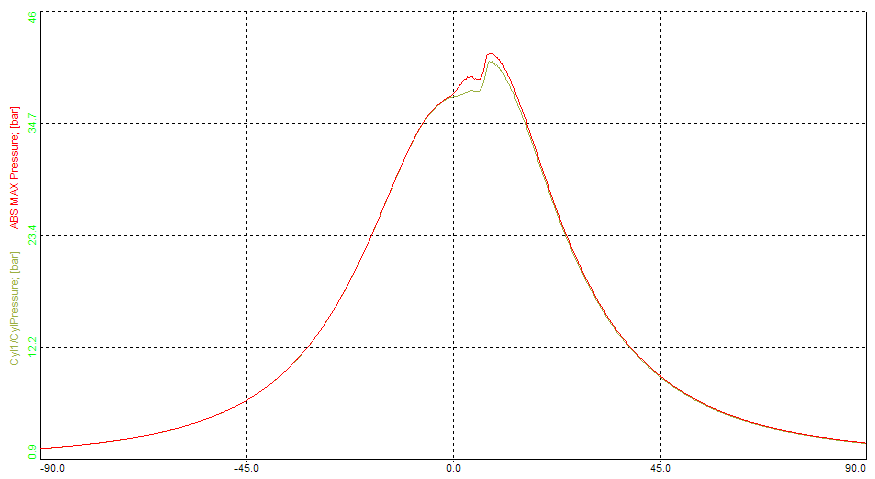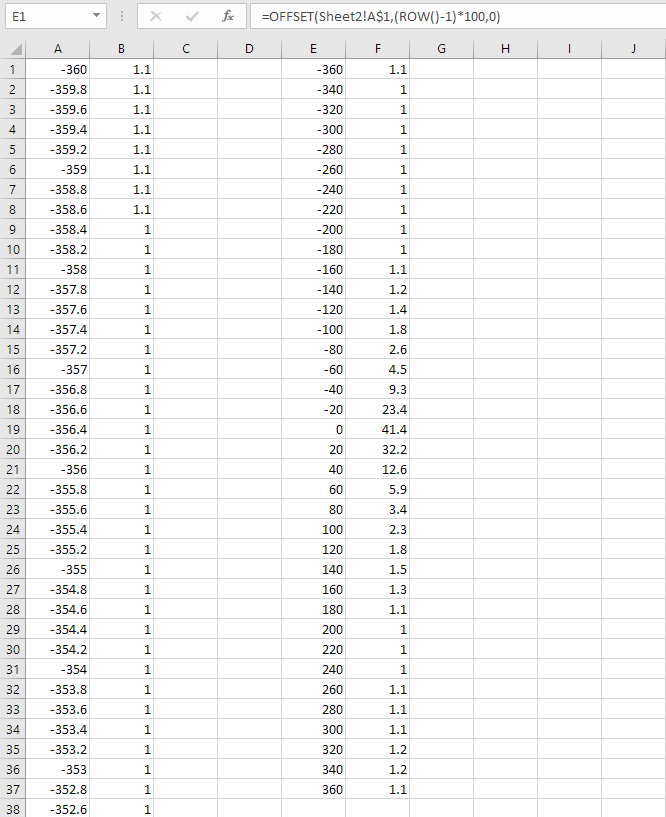With Time reference curve we define the reference curve in the time domain, displayed on the recorder. The time reference curve is used for monitoring the time domain data. The time reference curve can be added under math functions Add math -> Time reference curve.
 Image 2: Add the Time reference curve
Image 2: Add the Time reference curve
Time based Reference curve
The Time based reference curve is useful for defining a curve in time as a reference during a certain test, which has to follow a certain protocol. Let's say we have a test where we need to accelerate to 100 km/h in 10 seconds, drive constantly for 10 seconds, and decelerate to 0 km/h in 10 seconds.
We can define each curve starting criteria. If the Start condition channel is not defined, the curve will start at the beginning of the measurement. Maybe it would be nice to define the start of the test on a channel that measures vehicle velocity, but then we have to define the limit on which the measurement will Start if value is above (this field appears only when Start conditional channel is selected - default = ). In our example, we could enter for example 2 km/h.
The next step is to define the Number of points and the points themselves in the list. In our case we would have four points, so we enter this in the field.
 Image 3: Time based reference curve
Image 3: Time based reference curve
Single value based Reference curve
A single value based reference curve can be understood as a sort of non-linear scaling. We need to define a First reference channel, Number of points, and a table with the values of reference and output channel.
So in the example on image 4, if the input channel will be 3, the output value will be 5. The values will be interpolated in between the points. So if the input is 2.5, the output will be 3.5. If the value is below or above the lowest or highest point, data will be extrapolated from the two lowest or highest points. If we have 0 at the input, we will have 0 at output. If we have 5 at the input, we will have 11 at the output.
On the upper right, you will have previewed diagram of your inputs.
 Image 4: Single value based reference curve
Image 4: Single value based reference curve"Single value based" option was removed from Time reference curve setup from Dewesoft X3 SP12 -
Release notes.
Substitute is to use Scaling math and configure "Input value" column as "Ref. value" column in old setup.

Dual value based Reference curve
Dual value based reference curve has two inputs: First reference channel and Second reference channel. We can imagine as the tridimensional surface of reference points X and Y are two reference channels while the Z is defined points. We need to define first the channels and the Number of points for each channel.
Then we need to enter the reference values in the list. Display on the right upper part if the Reference curve setup window now shows the curve.
 Image 5: Dual value based reference curve
Image 5: Dual value based reference curve
A good example of using a dual reference curve is to define the limit oil pressure referenced to RPM and the oil temperature.
From data file Reference curve
The time reference curve can be imported from another data file.
 Image 6: Reference curve From data file
Image 6: Reference curve From data file
 Image 1: Reference curve example
Image 1: Reference curve example































